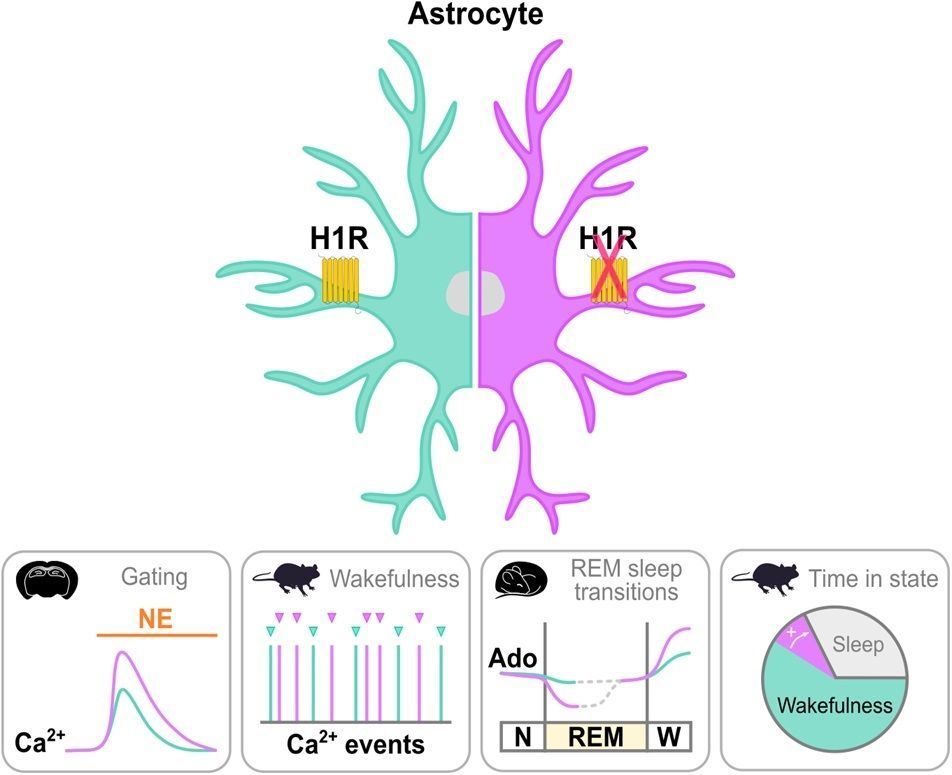Patrick Goymer
@patrickgoymer.bsky.social
690 followers
240 following
35 posts
Life Sciences Division Editor at @plosone.org. Former Chief Editor of Nature Ecology & Evolution.
Posts
Media
Videos
Starter Packs
Reposted by Patrick Goymer
Reposted by Patrick Goymer
Reposted by Patrick Goymer
Reposted by Patrick Goymer
Reposted by Patrick Goymer
Reposted by Patrick Goymer
Reposted by Patrick Goymer





















